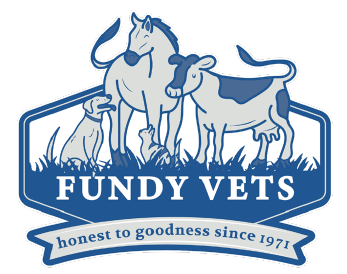Arthritis in Pets
Arthritis is an inflammation of joint tissue. Joints are made up of soft connective tissue and cartilage, allowing for cushioned movement between bones. Arthritis makes this movement painful and sometimes impossible.
In pets, arthritis has many different causes such as:
Developmental disorders such as elbow or hip dysplasia
High calorie, carb-based diets that enable your pet’s body to grow faster than the cartilage in the joints can
Injury or trauma
Bacterial or tick-borne infection
Autoimmune disorders which lead to your pet’s immune system attacking itself
Older and large breed dogs are more prone to developing arthritis. The longer that joint is used over time, the more likely it is to be injured.
If your cat or dog is considered over-weight, means the more stress that exists on the joints. Controlling your pet’s weight is crucial in the prevention as well as treatment of arthritis.
Signs or Symptoms of Arthritis in Cats and Dogs
Dogs:
Difficulty standing from lying or sitting position
Whimpering or crying out when touched
Sleeping more than normal
Weight gain from decreased physical activity
Favouring a leg
No interest in exercise or play
Moving slowly or stiffly
Reluctance to run, jump or climb stairs
Cats:
Cats are trickier, unlike dogs, they don’t often limp when a painful condition like arthritis is present. Behaviour changes can be a sign of an underlying condition like Arthritis.
Reluctance to jump up onto favourite spots on furniture, or an inability to gain height when needed
Eliminating outside of the litter box, especially is the litter box is high sided
Decreased interest in other family members and pets
No longer covering his urine or feces with litter (if previously done so )
Lack of appetite
Becoming less active
Sleeping more
Muscle wasting in the legs
Suggestions to Prevent or Manage Arthritis in Your Pet
Give your pet massages to help with the inflammation in the damaged tissues and to prevent further injury. This is also a great way to increase the human/animal bond!
Stretching is another great way to increase the mobility and health in joints, tendons and ligaments.
Adding certain supplements to your pet’s diet can help provide repair and maintenance to joints and cartilage, such as glucosamine and chrondroitin. Remember to consult your Veterinarian prior to adding supplements to your pet’s diet.
Making sure your pet stays at a manageable weight. Obesity can cause stress on your pet’s body which results in damage to tendons and ligaments.
Exercise at any age is important for both physical and mental well-being. The recommended amount of exercise is a minimum of 20 mins three times a week.
